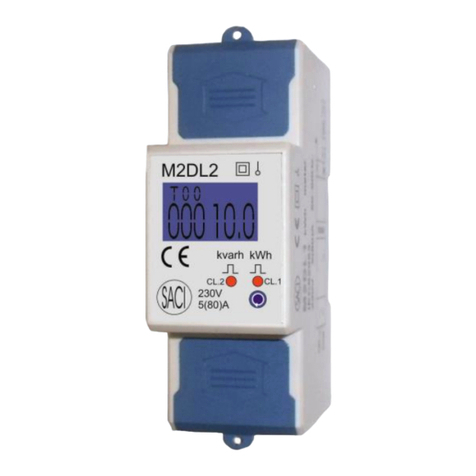Content
1. SAFETY INSTRUCTIONS.........................................................................................................................................1
2. PRODUCT DESCRIPTION........................................................................................................................................1
2.1 OVERVIEW................................................................................................................................................................1
2.2 FUNCTION.................................................................................................................................................................1
MAIN MODULE (AR4DCT)...........................................................................................................................................1
2.3 TECHNICAL PARAMETER..........................................................................................................................................2
2.4 ENERGY METERING..................................................................................................................................................3
2.5 MAX./MIN.VALUE AND DEMAND...............................................................................................................................3
2.6 DIGITAL INPUT..........................................................................................................................................................3
2.7 RELAY OUTPUT.........................................................................................................................................................3
2.8 COMMUNICATION .....................................................................................................................................................4
3. INSTALLATION AND WIRING..................................................................................................................................4
3.1 DIMENSION...............................................................................................................................................................4
3.2 INSTALLATION ..........................................................................................................................................................4
3.3 WIRING.....................................................................................................................................................................5
TYPICALWIRING..............................................................................................................................................................5
3.3.1AR4DCT +MR4DCT +DIO-02.........................................................................................................................5
4. OPERATION ................................................................................................................................................................8
4.1 PANEL DESCRIPTION................................................................................................................................................8
4.2 INSTRUCTION FOR OPERATION KEYS.......................................................................................................................8
4.3 INSTRUCTION FOR MEASUREMENT INTERFACE .......................................................................................................8
5. SETTING ......................................................................................................................................................................9
5.1 PROGRAMMING MODE..............................................................................................................................................9
6. COMMON PROBLEMS AND TROUBLESHOOTING.........................................................................................14
ABOUT COMMUNICATION ..............................................................................................................................................14
INCORRECT MEASUREMENTS.......................................................................................................................................14
ABOUT INCORRECT POWER RUNNING..........................................................................................................................15
THE METER DOES NOT RESPOND TOANY OPERATION .................................................................................................15
OTHER ABNORMAL PHENOMENA ..................................................................................................................................15






























